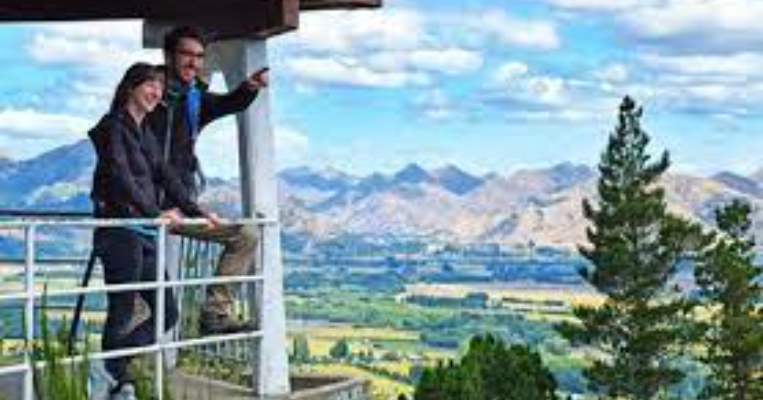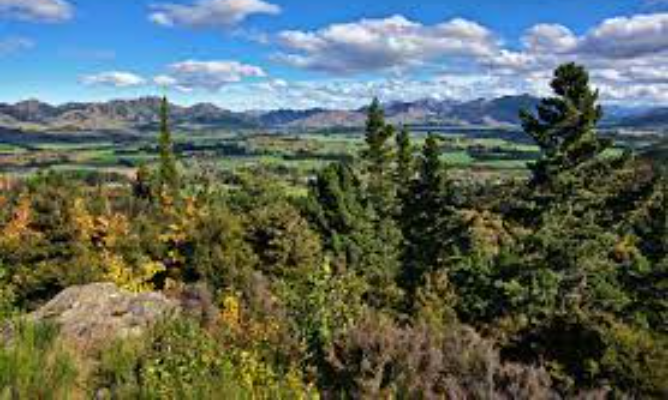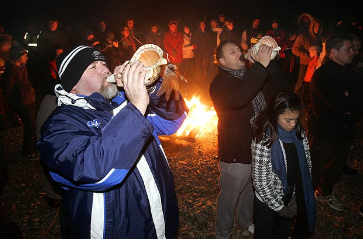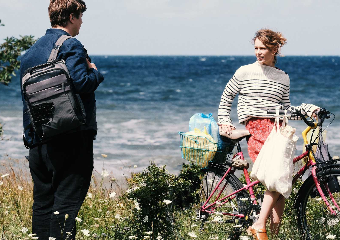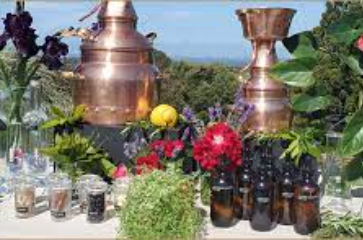Conical Hill & Hanmer Heritage Forest is a great place to explore what New Zealand’s forests have to offer, with a range of walking, mountain biking and horse riding tracks in the area.
Early this century Conical Hill was covered in tussock. Later a zigzag track was cut to reach the 550-metre summit with its magnificent view. A variety of exotic trees replaced the tussock – western hemlock, Lawson’s cypress, giant fir, Japanese cypress. Atlas cedar and laburnum are some of the more common species. At the summit a lookout offers a resting place and good shelter to view the Hanmer Basin. A plaque commemorates the work of Duncan Rutherford, an early settler who helped develop the Hanmer district. The track down from the summit on the other side meets up with Pawsons Road, which leads to Woodland Walk.

